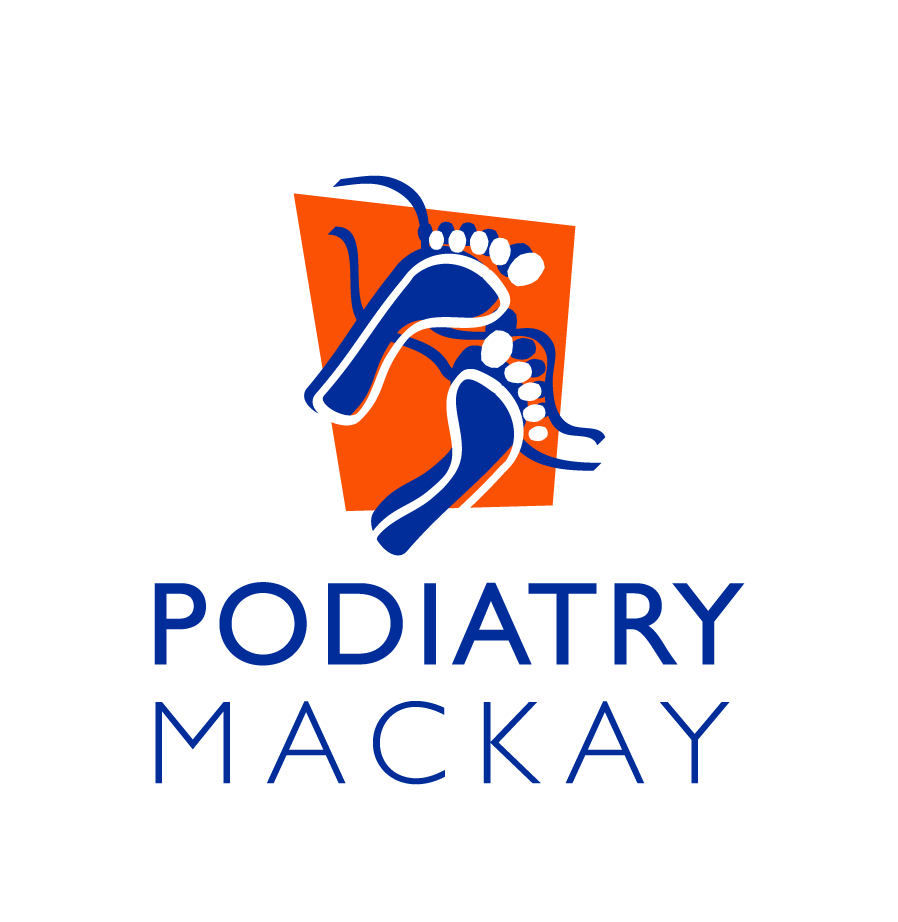Plantar Fasciitis – aka ‘Heel Pain’
What is it?
Plantar Heel pain is the most common injury that Podiatrists treat. Contrary to the common belief that the pain is a Heel Spur, it is often discomfort/irritation of the Plantar Fascia. The Plantar Fascia is a band/fascia of connective tissue that runs from the heel to the base of the toes. This fascia is the main supportive structure through your arch and takes most of the load whilst you are walking.
Why did I get it?
Plantar Fasciitis can be caused by many factors and is most seen in the active middle-aged population (women > men). Most patients with Heel pain can often relate to many of the following signs, symptoms & risk factors:
Pain when rising (especially in morning)
Incorrect footwear
Tight Calf muscles
Flat & High - arched feet
Prolonged standing especially on hard surfaces
Sudden increase in weight
Sudden change or increase in activity levels
Symptoms:
Heel Pain – can be described as bruising
Pain and stiffness in the morning that gets worse as the day progresses
Pain which would get worse when climbing stairs or standing on toes
Pain after standing for long time
How is it diagnosed?
A thorough Clinical examination will most commonly diagnose Plantar Fasciitis. Depending on severity of symptoms, you may/may not be referred for an ultrasound. If a heel spur is present it will rarely change the treatment protocol's as approximately 70% of the population live with undiagnosed spurs which are pain free.
Possible Treatments?
Padding & Taping
Calf stretches
Footwear advice
Custom Orthotics
Neuromuscular Needling
Rest
Night Splints
Rolling foot on a frozen bottle
Cortisone injections
Compression
Prognosis:
Although Plantar Fasciitis is extremely painful, approximately 95% of cases respond to conservative treatment. This may take up to 6 months depending on how long the inflammation has been present & how severe the pain has become. Surgery is very rarely recommended, however is an option for chronic cases that show no improvement to conservative treatments.
